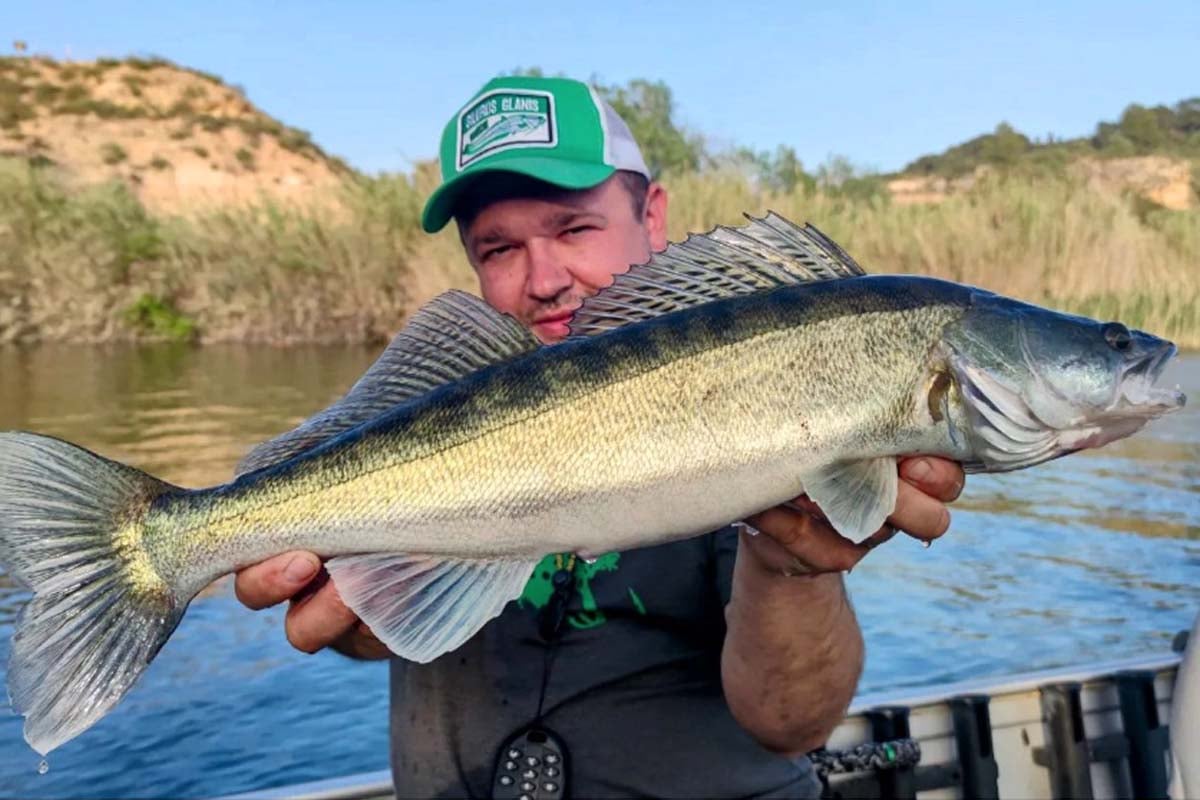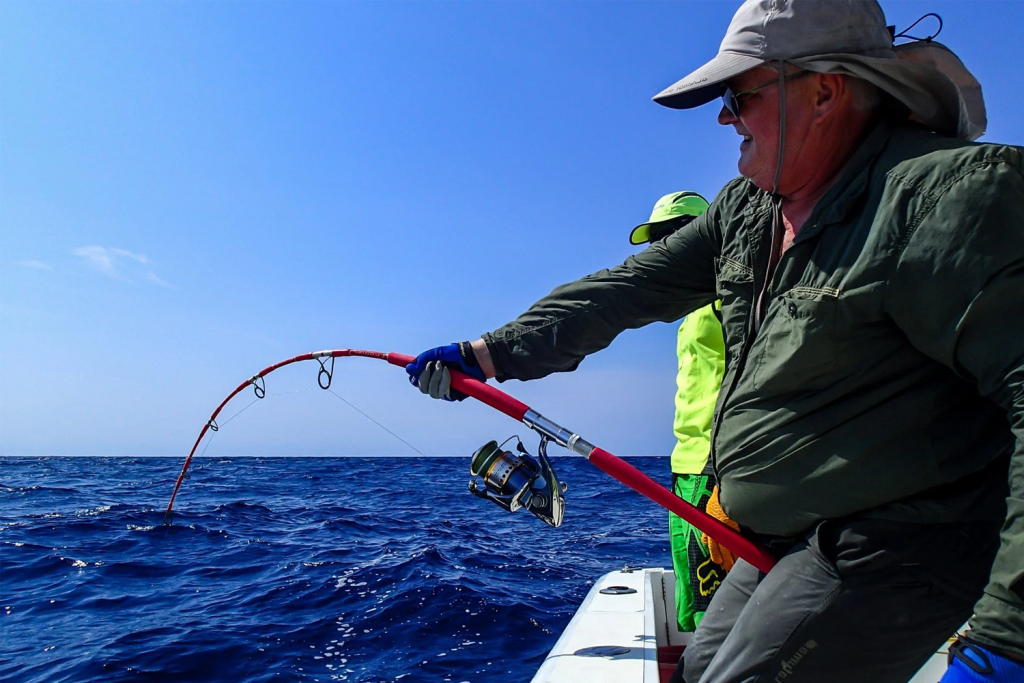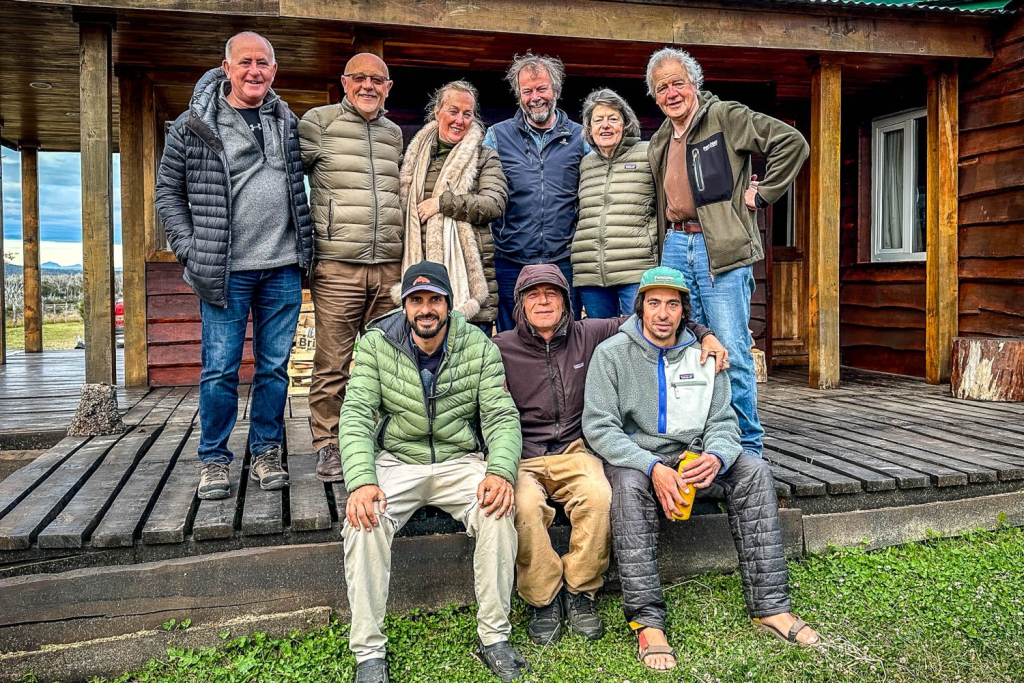Species: Zander
Scientific Name: Sander Lucioperca
Also known as: Sander, Pikeperch
The Zander, also occasionally referred to as the ‘Sander’ or ‘Pikeperch’, is a species of freshwater fish found throughout European fishing destinations and is a close relative and common ancestor to the American Walleye. It features a long muscular body and a greeny grey colouration, with a light-coloured belly and dark vertical bars running down its flanks, similar to that of a Perch.
They are recognised for their strong jaws, littered with sharp teeth and two long canines at the front, large bulbous eyes designed to help them hunt in low light, and spikey dorsal fin, once again similar to that of a Perch. Famous River Ebro Zander in Spain have been known to live for over fifteen years and generally reach spawning maturity between three and ten years old, with four years being typical.
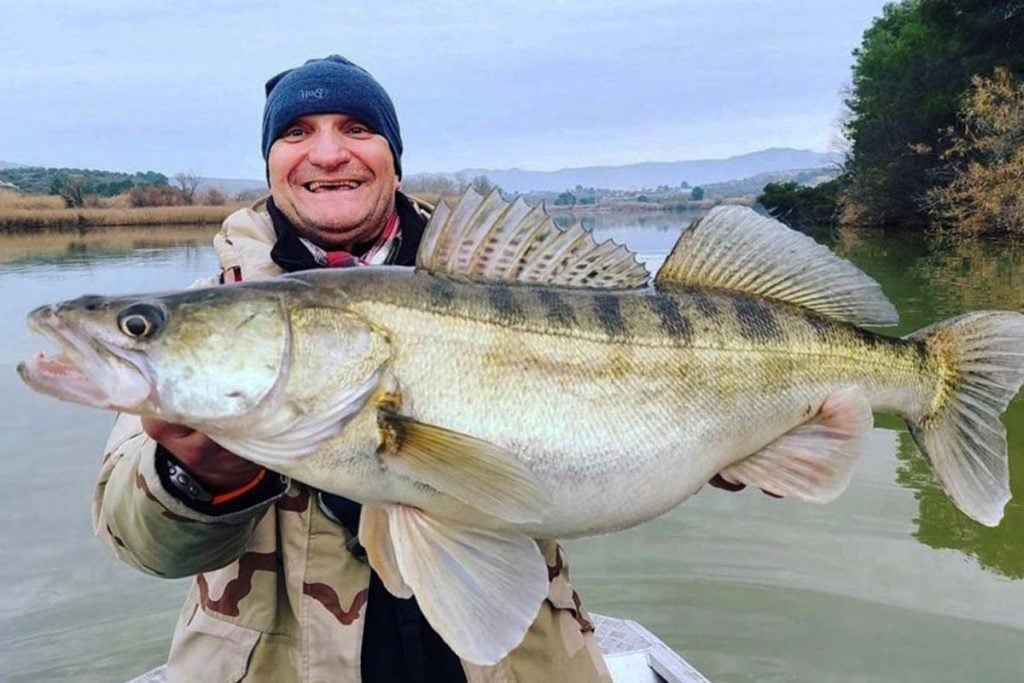

Where To Catch Zander
Zander are widely distributed across Europe and get found in all manner of different waterways, from large lakes, small ponds, rivers and even brackish environments. As a species, they can quickly establish themselves in various habitats and are well adapted to life in the slow-flowing, sparsely vegetated water. In addition, they thrive in low visibility environments, where other predators, such as Pike and Perch, struggle.
For anglers wishing to target and catch one, the majority of the countries in Europe will offer a great chance; however, a famous destination to try your hand at Zander fishing is the river Ebro in Spain. Its slow-flowing, murky water and barren underwater landscapes tick all the right boxes regarding habitat. Similar comments also apply to the Fenland drains of the UK. Despite not being native to British waterways and considered an invasive species, they are loved by anglers up and down the country.
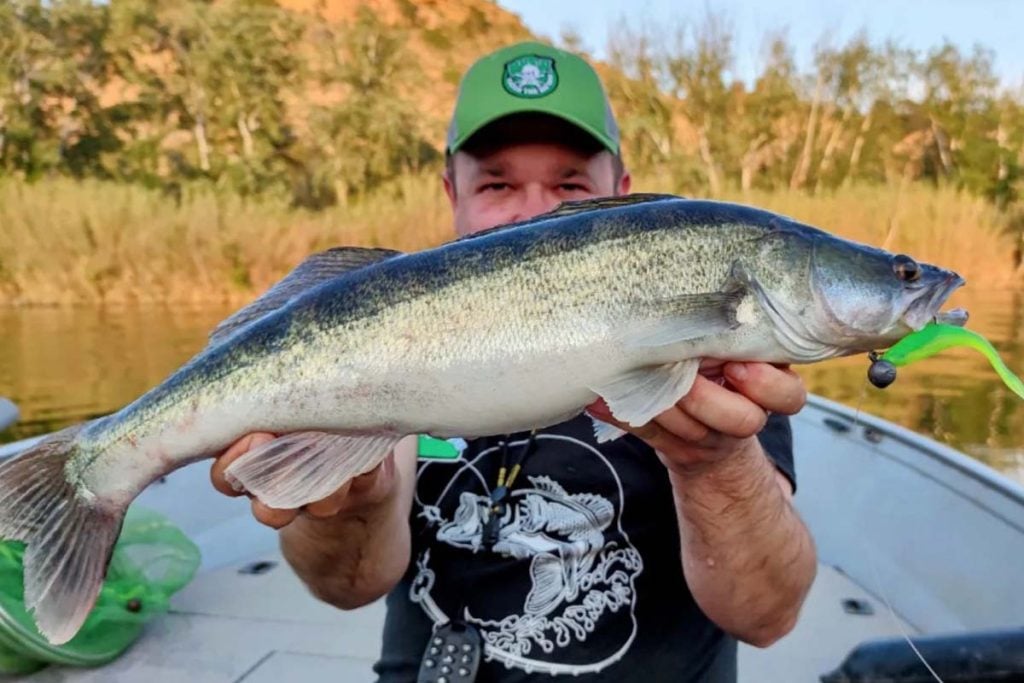

Average Size Of A Zander
Zander can grow to over 30lb, and the largest fish ever recorded on rod and line was an absolute giant of 41lb 4oz landed in 1990 from the Danube River in Austria. However, typically they average between 3lb and 8lb, with a fish exceeding 10lb classed as a specimen. The official IGFA all-tackle world record currently stands at 25lb 3oz, with the fish landed from Lago Maggiore, Switzerland, in June 2016.
They are highly predatory, feeding on small schooling fish like Roach and Bleak, while they’ve also been known to have a high impact on Gudgeon populations. It’s also not unusual for them to turn cannibalistic, feeding on their own young.
They’re considered one of the most valuable food fish, not in the UK but across Europe. Although not generally bred for food, their adaptability makes them sustainable.
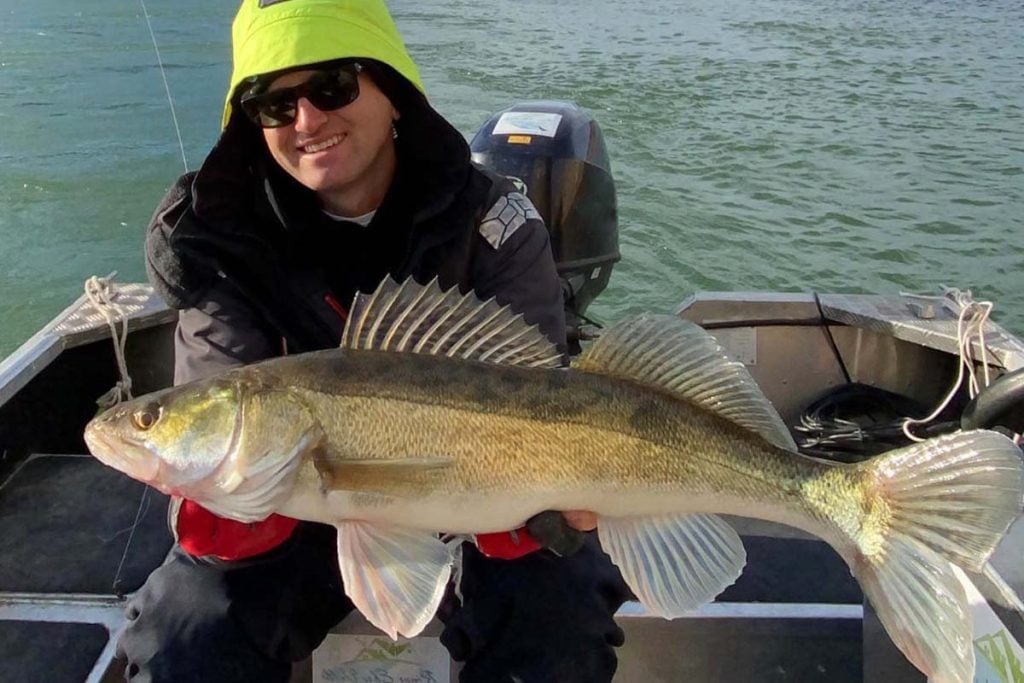

How To Catch Zander
If Zander are present in a waterway, they can be relatively easy to catch, although they can be finicky feeders, more so than other predators such as Pike and Perch, which tend to be far more aggressive.
The most popular methods anglers use to catch them is fishing with small live or fresh dead baits or artificial lures. Naturally, the tackle needs to be balanced, but as they don’t traditionally grow to epic proportions and are not overly known for their explosive fighting capabilities, medium-to-light lure outfits and softer ‘avon style’ bait rods usually suffice. End tackle traditionally includes a delicate wire trace to combat their array of sharp teeth and to prevent ‘bite-offs’.
At most of our destinations around the globe, they mainly get caught on small rubber lures, worked slowly and fished close to the bottom. A top tip is to fish in low light conditions, and often the best fishing will occur around dusk and into darkness when they can easily hunt their prey.
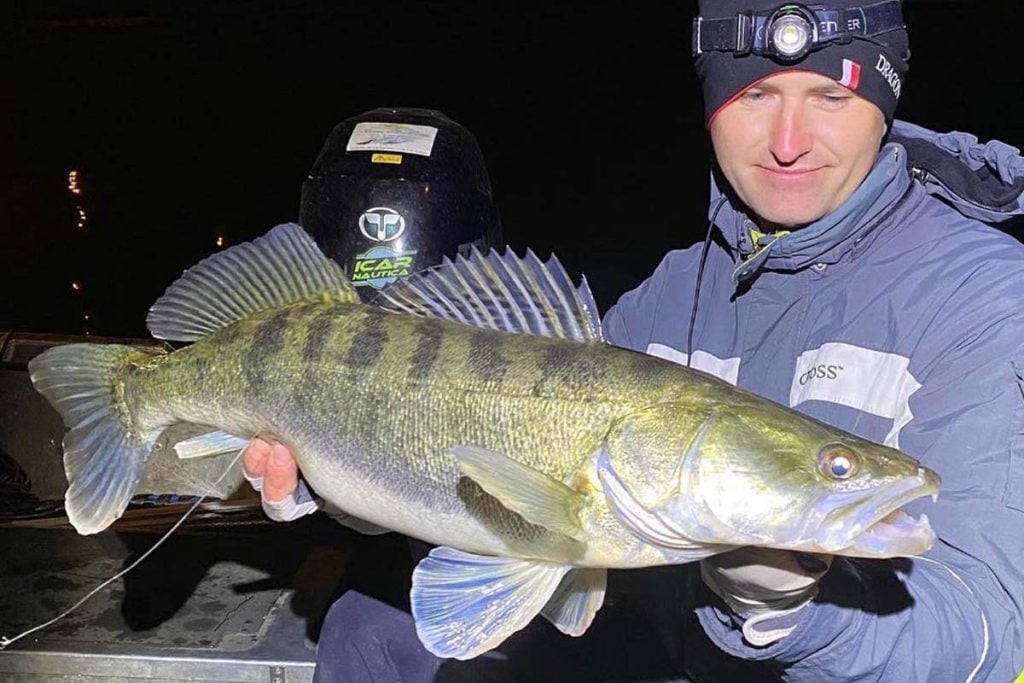

Contact Us
If you’ve always wanted to catch a Zander, then our Ebro Villa destination in Spain on the River Ebro would be perfect for you. If you’d like to learn more or enquire about a trip to this wonderful part of the world, contact Paul Stevens on 01603 407596 or via email at paul@sportquestholidays.com.
